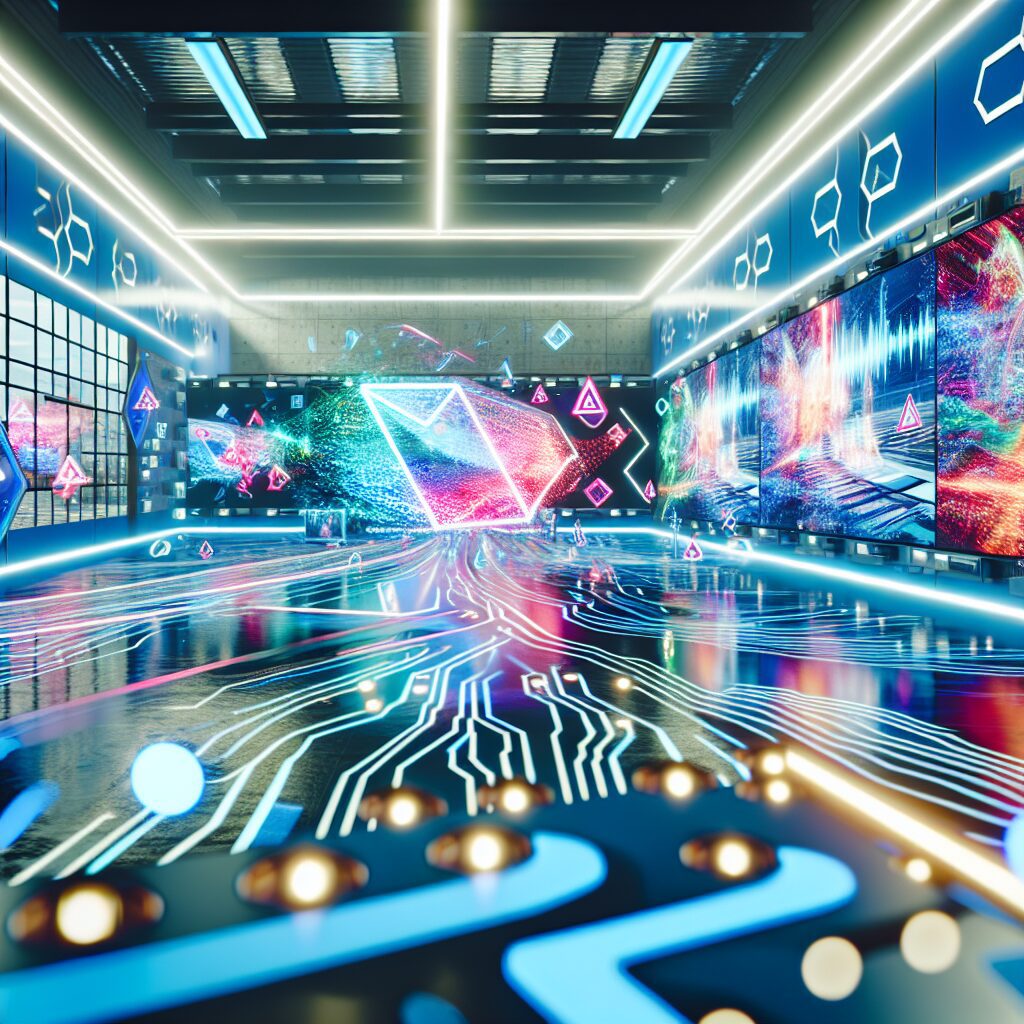
SoundHound AI Stock Rises After Price-Target Increase Analysis
“`html SoundHound AI Stock Rises After Price-Target Increase Analysis In a rapidly evolving technological landscape, Artificial Intelligence (AI) continues to

“`html
In recent years, Generative AI has rapidly climbed the ladder of technological advancements, enticing industries and individuals alike with promises of unprecedented creativity and efficiency. However, as the hype reaches a crescendo, experts at the Ash Center urge caution and a more grounded perspective on this revolutionary technology. This article delves into the current state of Generative AI, exploring the realities that lie beneath its glittering facade.
Generative AI, encompassing technologies such as AI-driven art, music, and text generation, has captured the imaginations of many with its cutting-edge capabilities and potential applications across a multitude of sectors. Proponents argue that these technologies could revolutionize industries by automating creative processes, thereby increasing efficiency and opening up new dimensions in art and content creation.
As exciting as these prospects may be, it’s vital to approach them with a critical eye.
Despite its potential, Generative AI is not without limitations. The Ash Center, renowned for its research in technology and society, highlights several concerns that are often overshadowed by the hype.
The Ash Center also cautions about potential societal implications. As AI-generated content becomes more prevalent, it could threaten jobs in creative industries. Moreover, the ease of generating realistic yet fake content poses risks to information integrity, potentially exacerbating issues related to misinformation and trust.
Given these challenges, it’s crucial to adopt a balanced view of Generative AI. It is essential to distinguish between what the technology can achieve now and its speculative future capabilities. This realistic approach allows stakeholders to set feasible expectations and make informed decisions.
Organizations considering the adoption of Generative AI should:
Looking ahead, the Ash Center anticipates ongoing advancements in Generative AI, with improvements in model accuracy, reduction in biases, and enhanced computational efficiency. This optimistic outlook, however, is tempered with caution, emphasizing the need for responsible development and deployment.
Innovation with Vigilance: Developers and users must remain vigilant about the potential ramifications of their work, prioritizing ethical considerations and societal impacts.
Collaborative Efforts: A collaborative approach among technologists, ethicists, policymakers, and industry leaders will be vital to navigate the complexities of leveraging Generative AI responsibly and sustainably.
While Generative AI offers a glimpse into a fascinating future of automated creativity, it’s imperative to look beyond the hype and address its present limitations and potential risks. By doing so, we can harness its transformative power while safeguarding ethical standards and societal well-being. The insights from the Ash Center serve as a valuable reminder of the critical balance required in the pursuit of technological advancement.
“`

“`html SoundHound AI Stock Rises After Price-Target Increase Analysis In a rapidly evolving technological landscape, Artificial Intelligence (AI) continues to

“`html Explore Google’s Innovative Generative AI Video Model Now Available In the ever-evolving world of technology, Google has once again